How to find the perfect vintage wedding dress
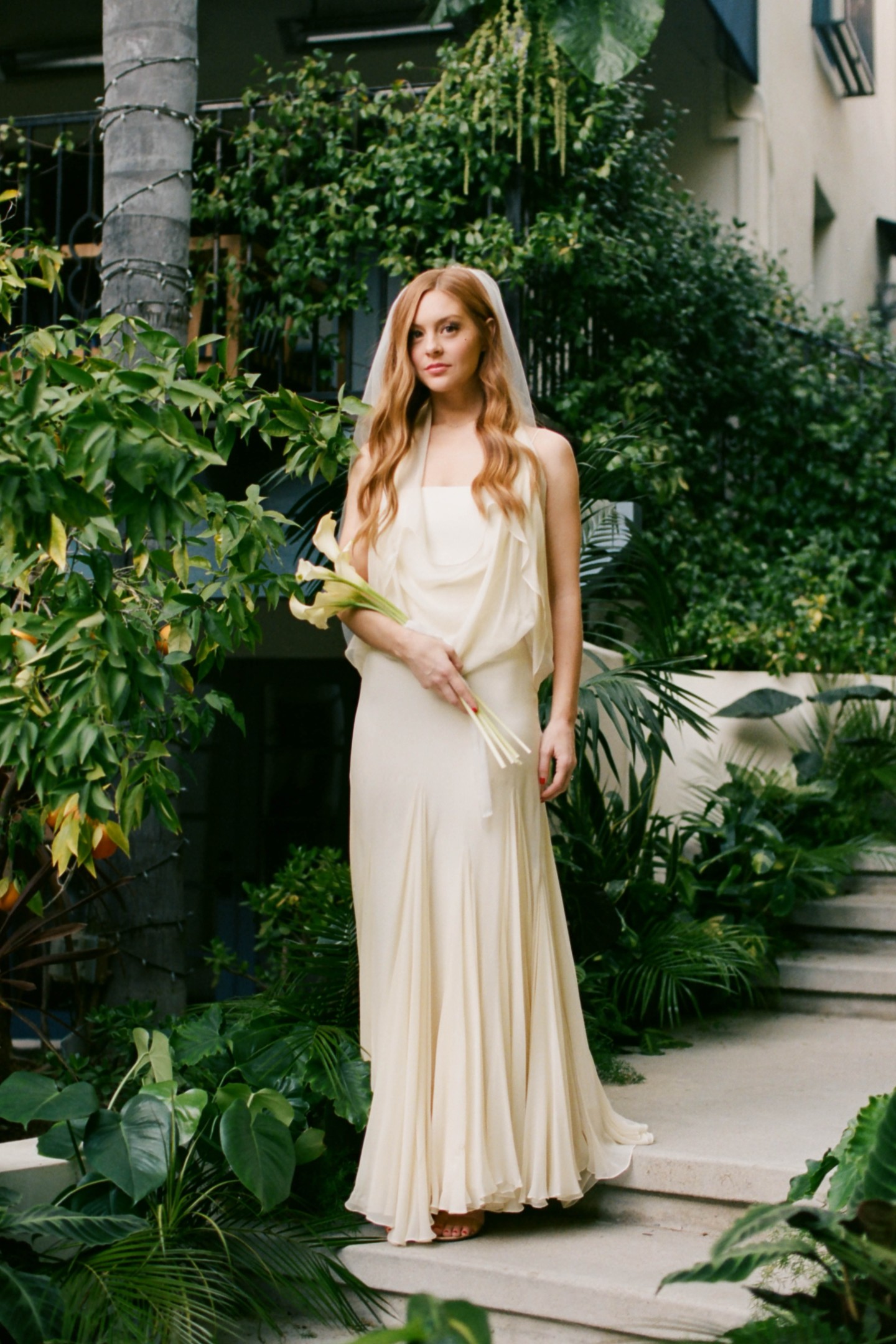
Simply sign up to the Style myFT Digest -- delivered directly to your inbox.
When New York-based writer Mackenzie Wagoner started shopping for a wedding dress, she thought it would be a fun experience. After scouring the city’s major bridal stores, she finally found one that she liked, only to be told by the salesperson: “‘I have a bride getting married in that dress every hour of every day this year’,” Wagoner recalls. “It cost $10,000, and I didn’t feel very special.”
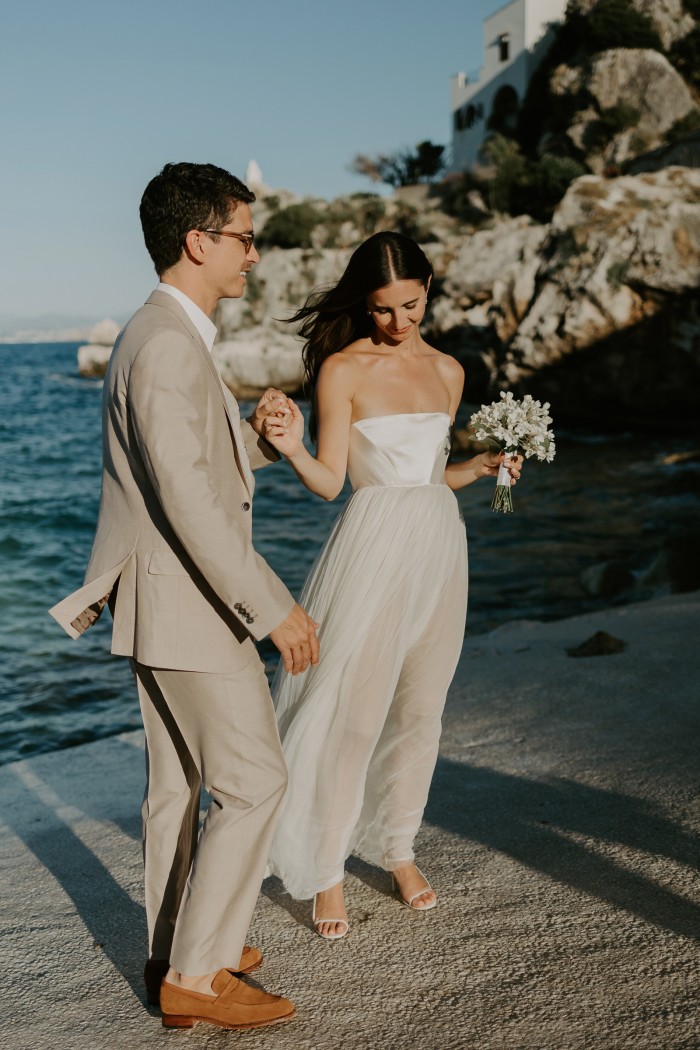
Wagoner’s luck turned when her friend the stylist Alexandra Cronan saw her moodboard featuring a photo of designer Halston with Anjelica Huston in a luscious cream gown of his creation, and said she knew someone who had the exact dress: Marie Blanchet, the founder and CEO of Mon Vintage. Of the four dresses Wagoner was shown from Blanchet’s Paris showroom, she took home three: the Halston gown, a ’60s space-age Molyneux by Lucien Lelong shift dress with spherical hardware and slit-like openings, and an original Alexander McQueen toile from his AW08 collection, The Girl Who Lived in the Tree. “I put on this McQueen and it looked like heaven,” says Wagoner. It didn’t hurt that the combined price of all three vintage dresses was less than the new one she came so close to buying.
As archival silhouettes become more popular on the runway and red carpet, vintage wedding dresses are increasingly sought-after among brides looking for something unique and ultimately sustainable. British Vogue contributing beauty editor Tish Weinstock chose to wear three vintage gowns during her and stylist Tom Guinness’s gothic three-day fête last autumn: an antique Normandy lace gown custom-made by west London-based Jane Bourvis; an ethereal beaded piece from John Galliano’s AW09 collection, sourced by celebrity favourite Shrimpton Couture; and a bias-cut Dior gown also designed by Galliano, found via Los Angeles’s Timeless Vixen.
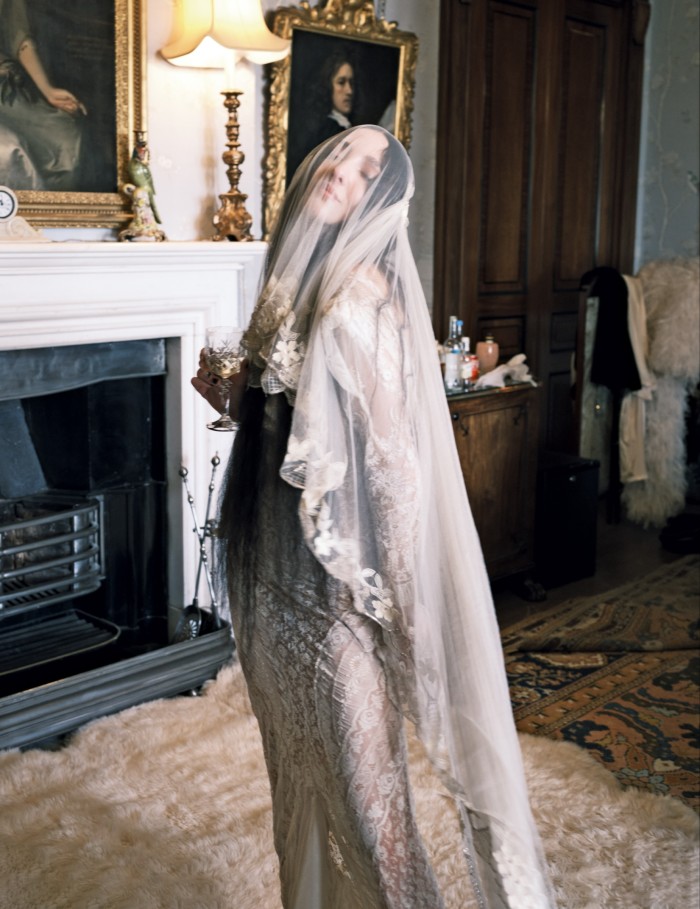
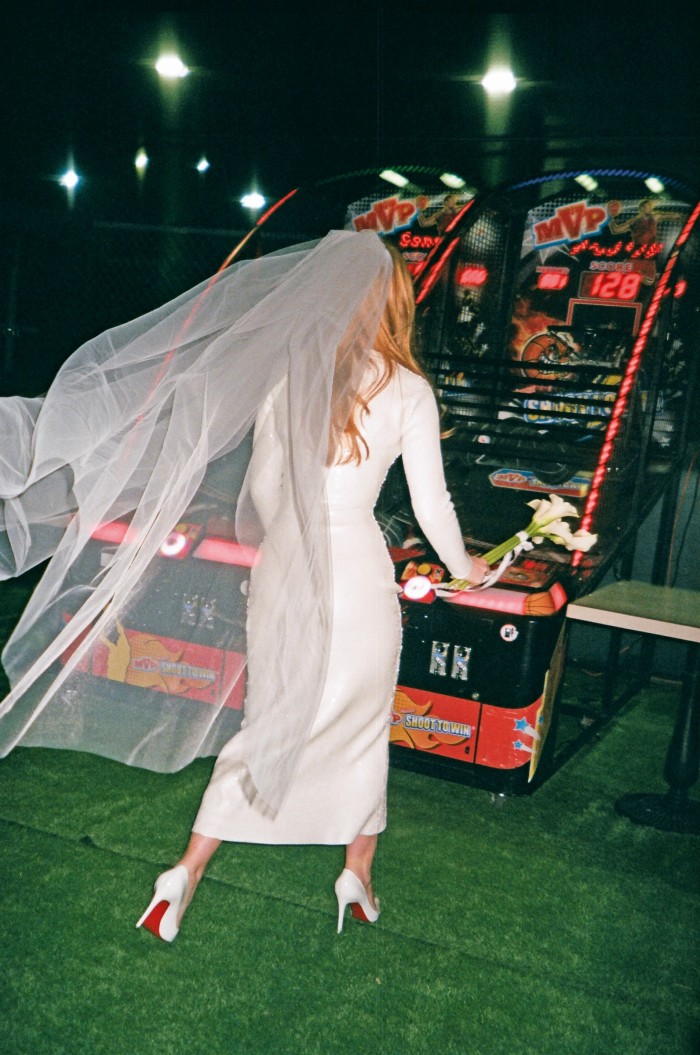
“There’s something so romantic about wearing a dress that has an age, a past life, another story to it,” says Weinstock, who has since received a litany of requests for sourcing advice from strangers and friends. Experts such as Blanchet, Shrimpton Couture’s Cherie Balch, and Tab Vintage’s Alexis Novak are fielding an increasing number of enquiries, with Balch’s clients often commenting that the best new designs are oversaturated. “Today’s brides don’t want to wear the same dress that you’ve seen over and over again as you’re scrolling through Instagram or TikTok,” says the buyer, who is based outside Toronto.
LA-based Novak, who curated Moda Operandi’s first archival bridal trunk show this year, has seen a dramatic increase in requests recently. Her assortment often includes pieces dating back to the ’50s by Christian Dior, Yves Saint Laurent and Chanel.
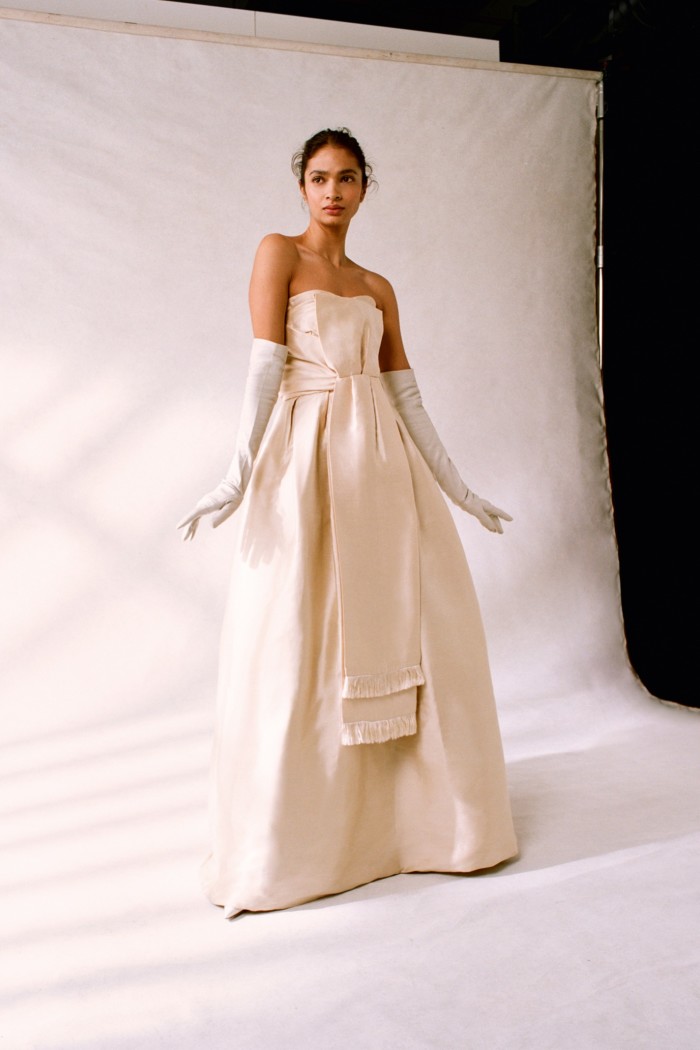
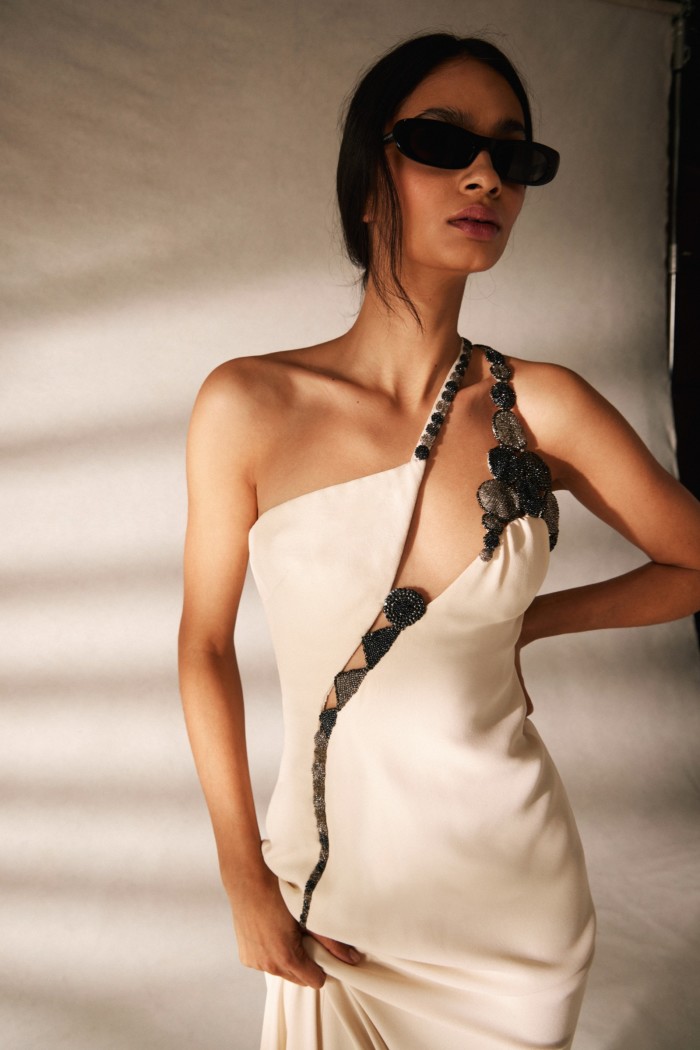
With a century’s worth of styles, fabrics and designers to rummage through, searching for a vintage wedding dress can prove a challenge. For clients who are less familiar with vintage shopping, Balch suggests trying on a few new designs first to help narrow down the silhouettes that work best. If you know what you’re looking for, Bourvis recommends beginning the search online, where a wider pool can make things easier. It’s no bridal salon with flutes of champagne, adds Novak, but the result can be just as rewarding. “Be open to the fact that maybe discovering your perfect dress isn’t going to be in a salon. It’s a different experience for a different outcome.”
Buying vintage is an instinctual process, and often boils down to luck. The more pieces one can try on, the better. Styling the look and finding the right vintage or new accessories to suit adds to the process. Nine months to a year before the ceremony is a reasonable window to start looking for a dress, but both Balch and Bourvis have seen it all, from receiving reach-outs years in advance to being contacted mere days beforehand. “The irony is that there’s just as much a chance of success or failure in both scenarios,” says Balch. “More often than not, only one dress exists, and either the bride falls in love or doesn’t.”
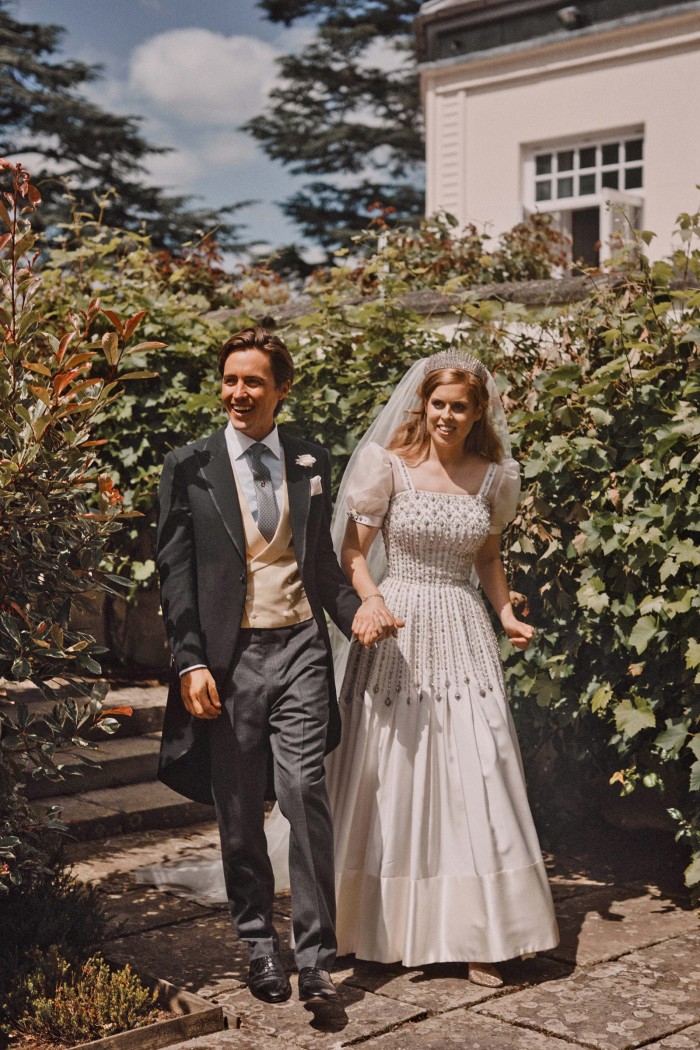
Prices can also vary widely – especially when factoring in costs such as cleaning, with added expertise needed given the delicacy of speciality fabrics. As such, Balch suggests brides budget as they would for a new dress and always ask whether the gowns are easily cleanable. Keep in mind that most dresses will also need a clean after the wedding and might require additional storage in order to preserve the more delicate fabrics. Susan Choi of Persephone Vintage adds that brides-to-be should be open to minor flaws. “They’re par for the course, and not a big deal if you can’t see it in photos and from very far away.”
Most dresses will need to be altered too, as vintage sizes skew small, and pieces often don’t fit today’s more “boyish” proportions, says Bourvis; this can require “masses of hand-stitching” by a skilled tailor, such as MD Tailoring. Choi advises that shoppers ensure the material isn’t too fragile to move around in, and to watch out for seam allowance, so they can take the dress out if necessary.
Wagoner’s Lucien Lelong was a few sizes too big, and the McQueen toile – hand-cut by Lee McQueen himself – was a little long. She trusted Ornela Flamuri and Lindsay Jones of 7th Bone Tailoring (both of whom regularly work on gowns for the Met Gala) with the alterations. “[The McQueen gown] hung an imperceptible amount off the ground – I didn’t want it to get dirty or more tattered – and it looked new,” says Wagoner.
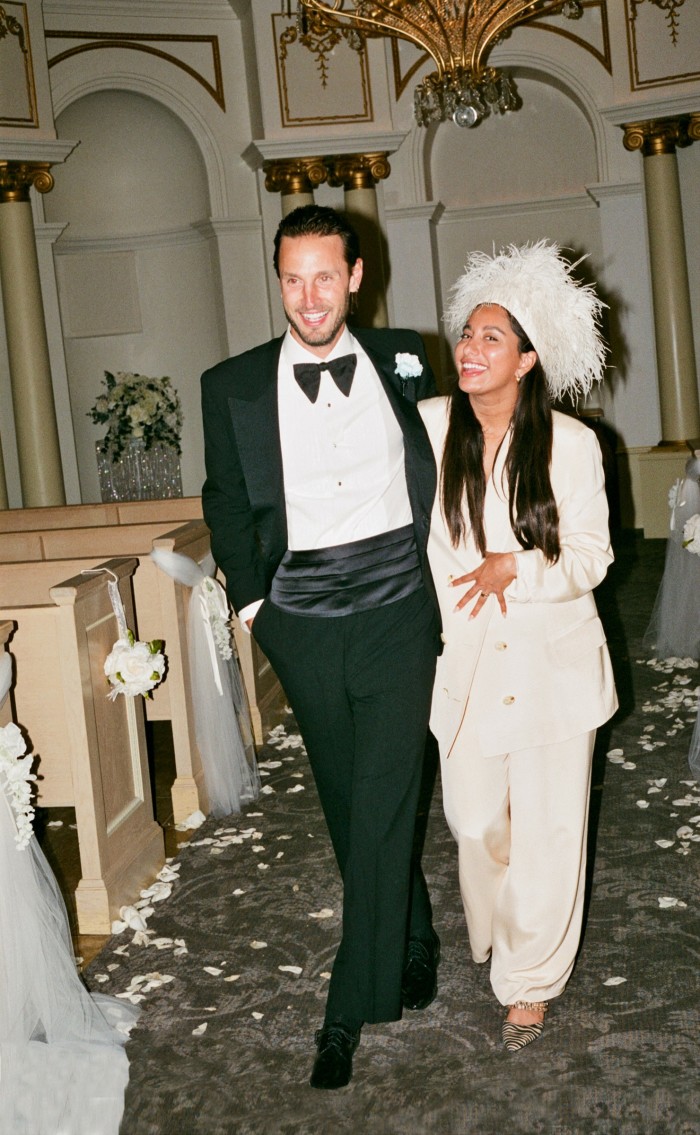
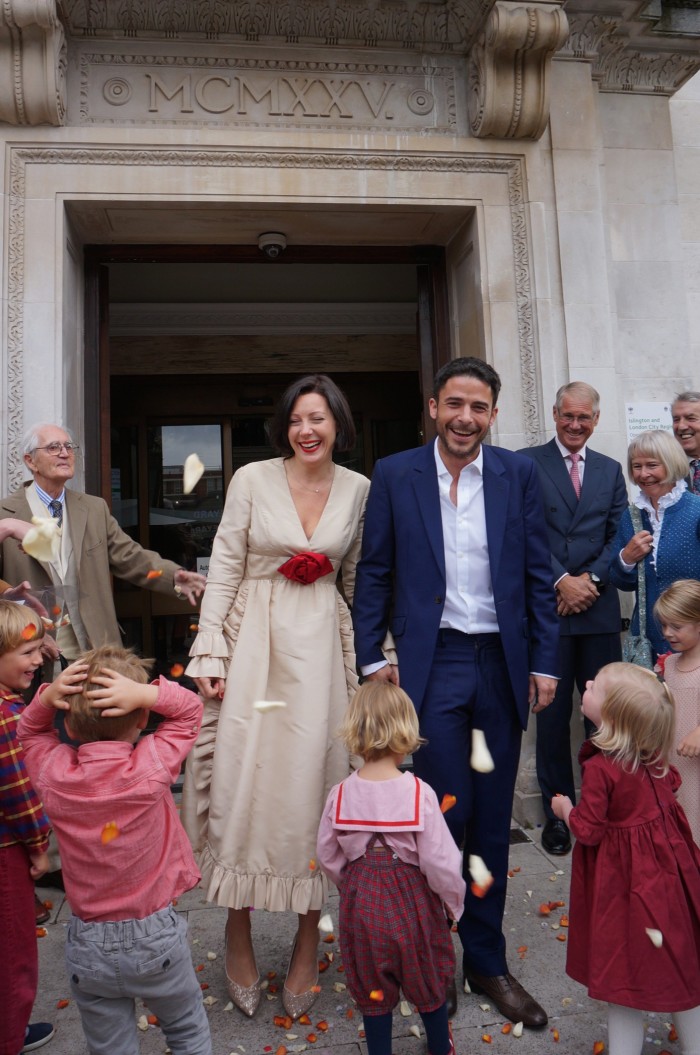
Beyond fit, brides may opt for further tweaks to make dresses their own. Weinstock, for one, had her tailor at London’s Galedi remove the linings of both her Dior and Galliano dresses for a “romantic, ghost-like” result; sans lining, the latter gown was truer to its original runway form, and she ended up wearing the Dior dress’s corseted lining on the first night of festivities when she and Guinness dressed up as Baz Luhrmann’s Romeo and Juliet.
This can be a lot to consider amid an already stressful planning process. “Shopping for a vintage wedding dress can be equal parts maddening and magical,” says Balch. Ultimately, her top piece of advice is to be patient and open-minded but ready to commit when you come across the perfect piece. “The right dress will just appear out of nowhere…That’s what it really boils down to: that moment when you see your dress and you know that it’s the one.”
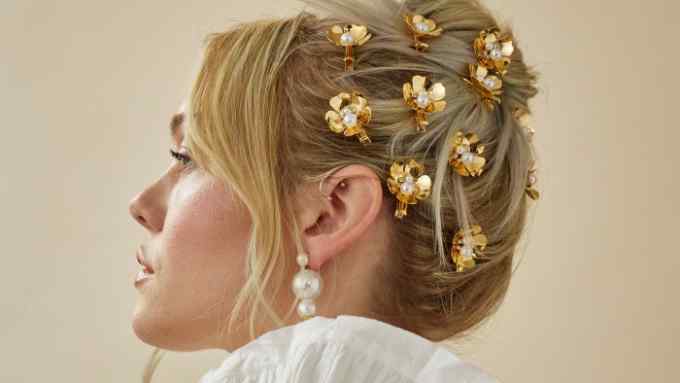
Comments